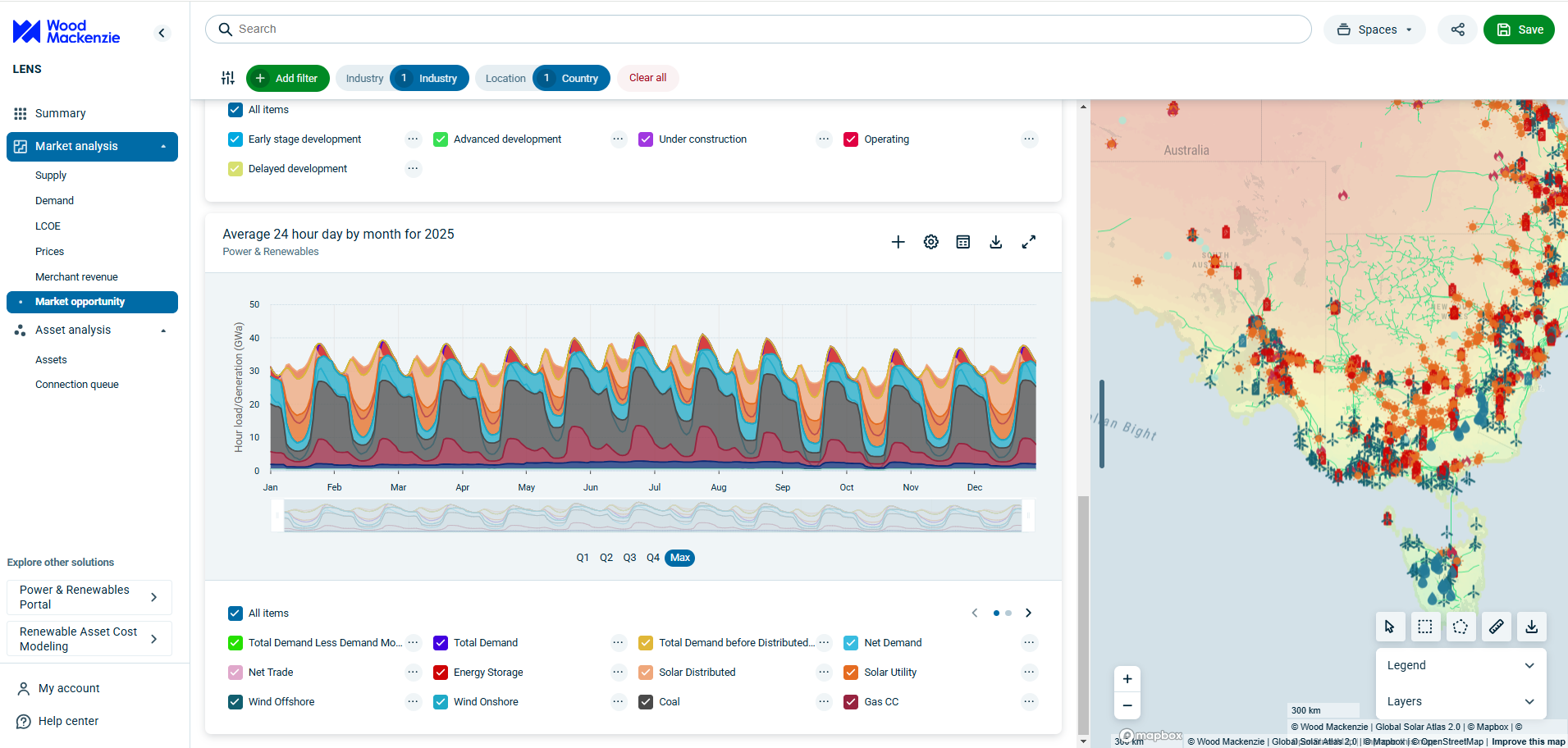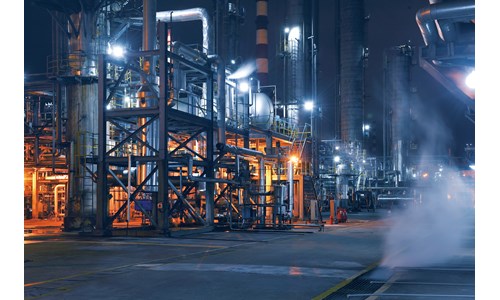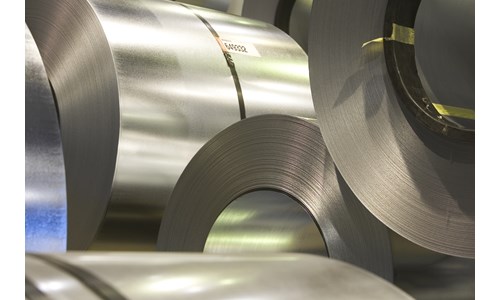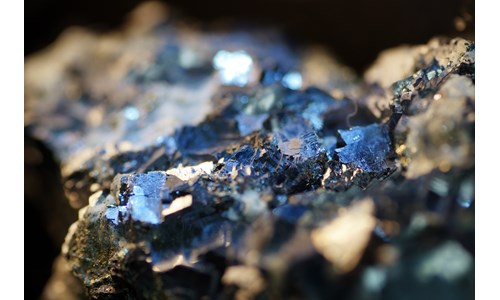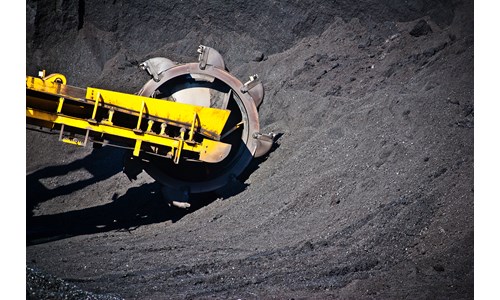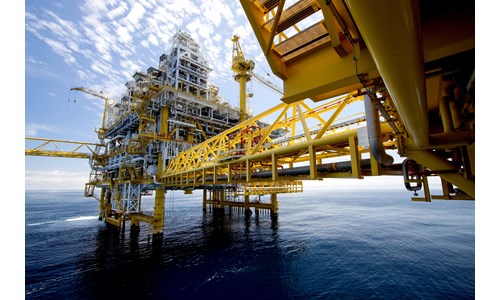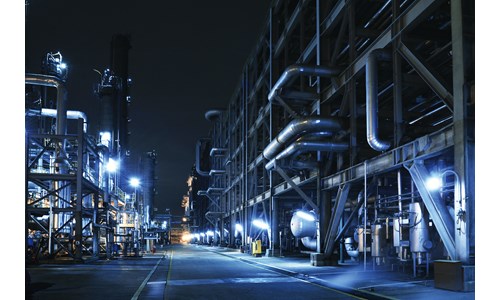Carbon tax as an opportunity in chemicals
*Please note that this report only includes an Excel data file if this is indicated in "What's included" below
Report summary
Table of contents
- Chemical producers will increasingly face a pressure to decarbonize. Carbon tax can become the key tool in incentivizing the change.
- That tax will disproportionately impact margins, depending on the technologies and feedstock in use. Many chemicals are produced by various routes with different carbon footprint.
- The impact of shifting margins could actually increase profitability of certain assets.
- Changing profitability will affect asset valuation and company valuation. The overall carbon footprint of individual assets will play a role in corporate strategies and the management of environmental risks.
Tables and charts
This report includes the following images and tables:
- Cradle-to-gate approach and GHG emission scopes
- Combining supply-demand, prices and cost views for a DCF analysis
- Calculation methodology
- Ethylene feedstock
- Ethylene cost curve 2021
- Margin changes
- Carbon footprint – cradle-to-gate
- Valuation effect
What's included
This report contains:
Other reports you may be interested in
Global nickel industry cost summary
This summary report examines production and cost trends in the nickel industry.
$6,750China's steel in its post-peak era
Decarbonising a financially fragile sector: Easier said than done
$1,050Steel scrap: Policy support is key
This report provides an overview of the steel scrap value chain and highlights the headwinds and opportunities for higher scrap usage.
$1,050




